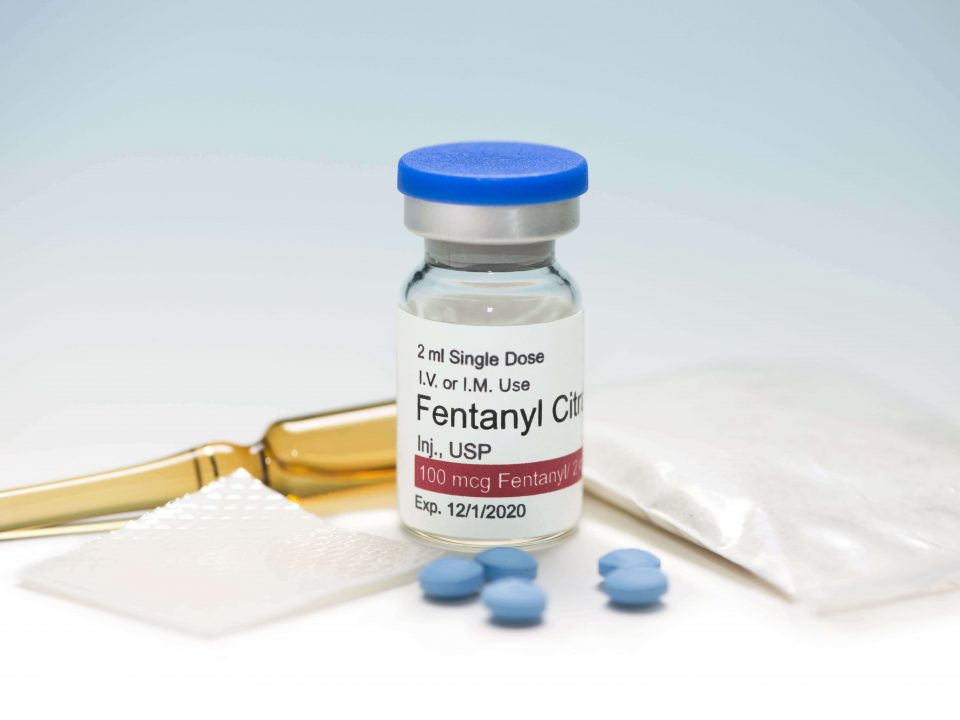From Pain Relief to Addiction: Why Opioids are Ravaging Delaware Communities

In Delaware, the opioid epidemic has reached unprecedented levels, leaving communities reeling from its devastating effects. What started as a solution for pain relief has quickly turned into a nightmare of addiction and tragedy. Let’s explore why opioids have become such a problem in Delaware, the impact on individuals and families alike, and what can be done to combat this crisis head-on.
As the opioid epidemic continues to ravage communities across the United States, it is important to understand how we got here. In Delaware, the story is much the same as in other states – a combination of overprescribing and easy availability of these drugs has led to addiction and pain for many residents.
The journey from pain relief to addiction is often a short one. For some, it begins with a legitimate prescription for pain medication after an injury or surgery. But what starts as a way to cope with pain can quickly turn into something more when users find that they need ever-increasing amounts of the drug to get the same effect. And when prescriptions run out, some turn to cheaper and more accessible alternatives like heroin.
The cycle of addiction can be difficult to break, and even deadly. But there is help available for those who are struggling. If you or someone you know is struggling with an addiction to opioids, please contact Redemption Addiction Treatment Center at (610) 314-6747 to learn more.
Opioid Use in Delaware
The use of opioids in Delaware has been on the rise in recent years, with devastating consequences. According to the National Institute on Drug Abuse (NIDA), there were 442 overdose deaths involving opioids in Delaware in 2017, which is more than double the number of such deaths in 2013. Opioid addiction has become a major public health problem in the state, and it is taking a toll on communities across Delaware.
NIDA reports that the majority of opioid overdose deaths in Delaware involve prescription opioids. However, heroin and other illicit opioids are also contributing to the problem. In 2017, there were 129 overdose deaths involving heroin, which is up from just 33 such deaths in 2013. The use of fentanyl, a powerful synthetic opioid, is also on the rise in Delaware and is often mixed with other drugs, which can make it even more dangerous.
The increase in opioid use has had a ripple effect on communities across Delaware. The state’s child welfare system has been overwhelmed by the number of children being born addicted to opioids or who have parents struggling with addiction. Hospitals and law enforcement agencies have also been strained by the increase in overdoses. And families have been torn apart by addiction.
Delaware is working to address the opioid epidemic through a variety of initiatives. These include expanding access to treatment, increasing public awareness about the dangers of opioids, and cracking down on prescription drug fraud. But it will take time and effort to turn the tide against this devastating epidemic.
What are the Causes of the Opioid Crisis in Delaware?
The opioid crisis in Delaware is being caused by a number of factors. First, there is the widespread availability of opioids. Prescription opioids are easily obtained, and illegal drugs like heroin are also readily available. Second, there is a lack of education about the risks of opioids. People are often unaware of the dangers of these drugs, and they may not realize how addictive they can be. Finally, there is a lack of access to treatment for addiction.Many people who become addicted to opioids do not have access to the resources they need to get help. This can make it difficult for them to recover from their addiction and leads to further problems down the road.
Pain Relief
The misuse of and addiction to opioids, including prescription pain relievers, heroin, and synthetic opioids such as fentanyl, is a serious national crisis that affects public health as well as social and economic welfare. The Centers for Disease Control and Prevention (CDC) estimates that the total “economic burden” of prescription opioid misuse alone in the United States is $78.5 billion a year, including the costs of healthcare, lost productivity, addiction treatment, and criminal activity.
In Delaware, the problem is particularly acute. According to the most recent data from the Delaware Department of Health and Social Services (DHSS), there were 467 drug overdose deaths in Delaware in 2017—a rate of 23.8 deaths per 100,000 people, which was more than double the rate in 2014 (11.4 deaths per 100,000). Nearly three-quarters (74%) of those 2017 deaths involved an opioid drug.
The DHSS also reports that emergency department visits for suspected opioid overdoses increased by nearly 80% between 2016 and 2017. And while data on opioid prescribing are not available at the state level, a national study found that prescriptions for opioids filled by commercial insurance plans decreased by 18% between 2010 and 2015—suggesting that many people who are misusing opioids are obtaining them from sources other than legitimate prescriptions.
Overprescription
Overprescription is a major contributing factor to the situation as well. According to the US Centers for Disease Control and Prevention (CDC), Delaware had the highest rate of overdose deaths from prescription opioids in 2016.
Delaware’s problem with overprescription is two-fold. First, many doctors are too quick to prescribe opioids for pain relief, without first trying other, less addictive options. Second, there’s a lack of communication between doctors and pharmacists about patients who may be at risk for addiction. As a result, patients end up with more pills than they need, and some of them end up selling their extras on the street.
The state is taking steps to address both of these issues. In 2017, Delaware enacted a law that requires doctors to check a patient’s prescription history before prescribing opioids. The state is also working on a system that would allow pharmacists to flag patients who are filling multiple prescriptions for controlled substances.
In the meantime, Delawareans can take steps to protect themselves from becoming addicted to opioids. If you’re prescribed opioids for pain relief, make sure to take them only as directed. And if you have leftover pills, dispose of them properly so they don’t end up in the wrong hands.
Availability
Delaware is one of the states hit hardest by the opioid epidemic. In 2017, there were over 700 drug overdose deaths in Delaware, and opioids were a factor in over 80% of those deaths.1 The availability of opioids is one of the main factors driving this epidemic.
Opioids are easily available both legally and illegally. Prescription opioids are often obtained through family and friends, or from doctors who prescribe them for non-medical reasons. Illegal opioids like heroin are also readily available, especially in these urban areas.
Taking Steps Together to Make a Difference
In response to the growing opioid crisis, Delaware is taking a number of steps to try to combat the problem. One of the most important is increasing access to treatment for those who are addicted. This includes expanding Medicaid coverage to include more people with addiction, and making it easier for people to get into treatment programs.
The state is also working on prevention efforts, including education programs in schools and community outreach initiatives. And law enforcement is cracking down on illegal drug dealers and prescribing practices.
All of these efforts are aimed at reducing the number of people who become addicted to opioids in the first place, and helping those who are already addicted get the treatment they need. It will take time to see results, but Delaware is committed to doing what it takes to combat this devastating problem. if you are struggling with an addiction to opioids, there is help available. Don’t hesitate to reach out for support, we are here for you! Call Redemption Addiction Treatment Center to learn more (610) 314-6747


